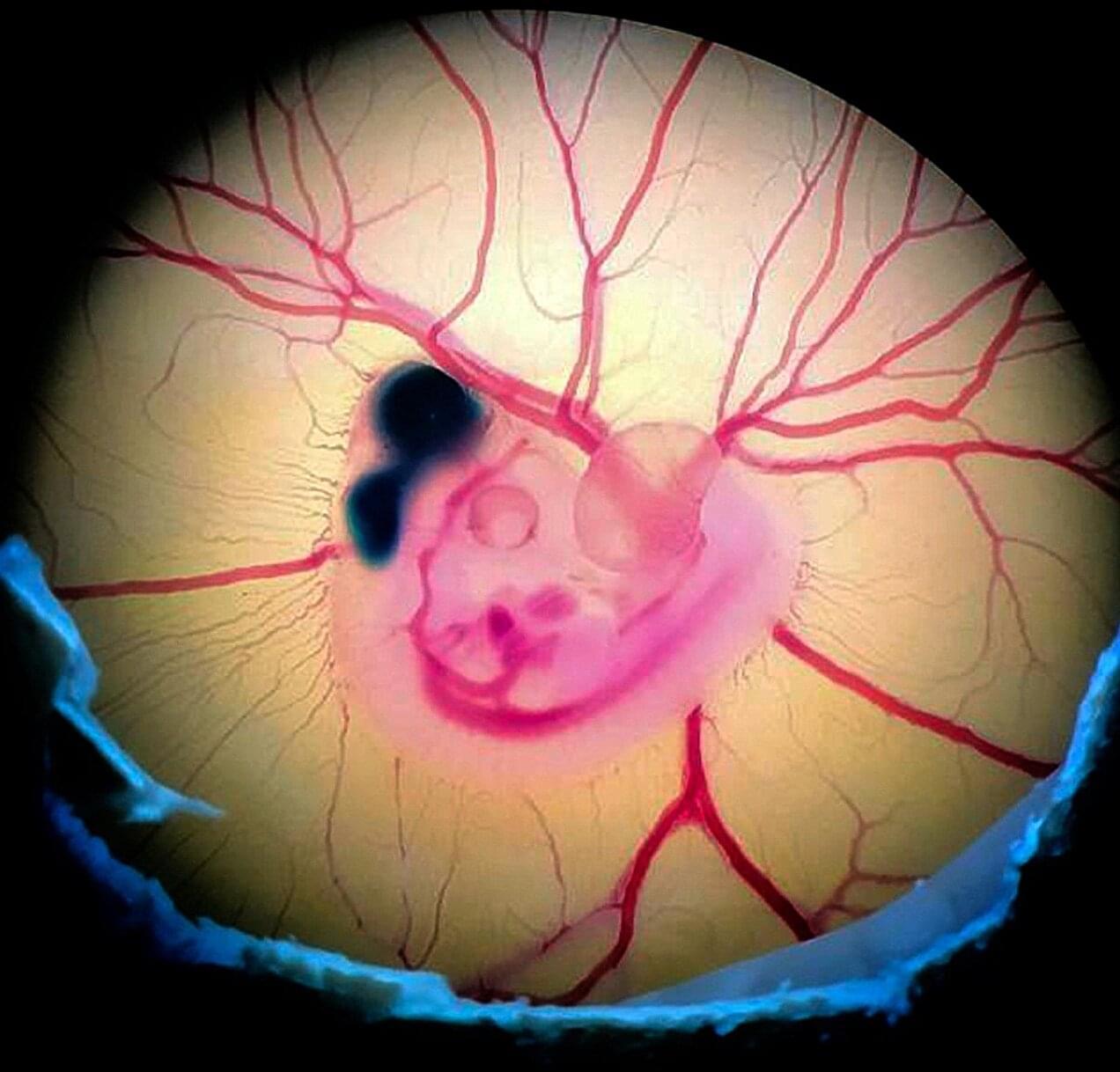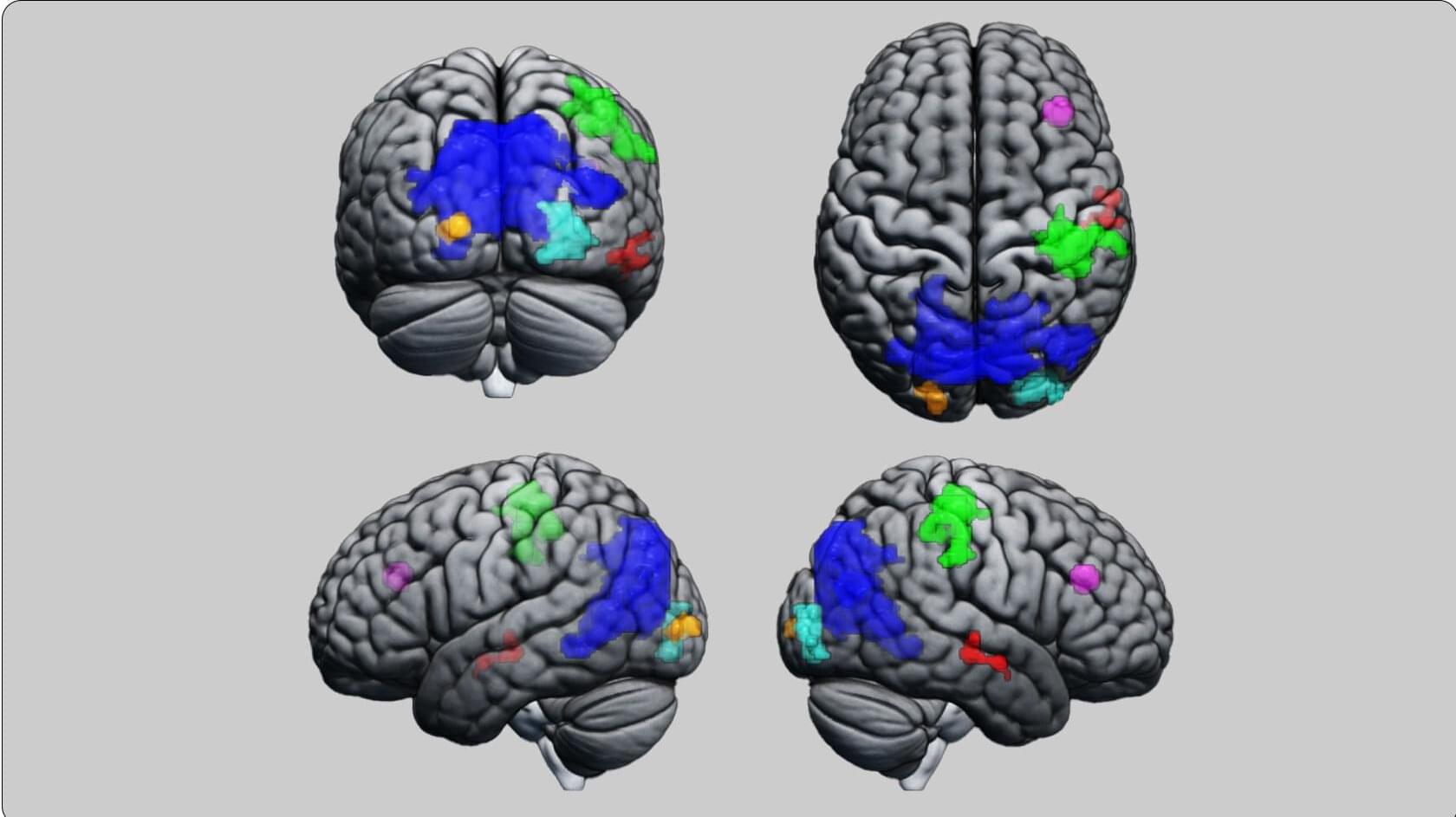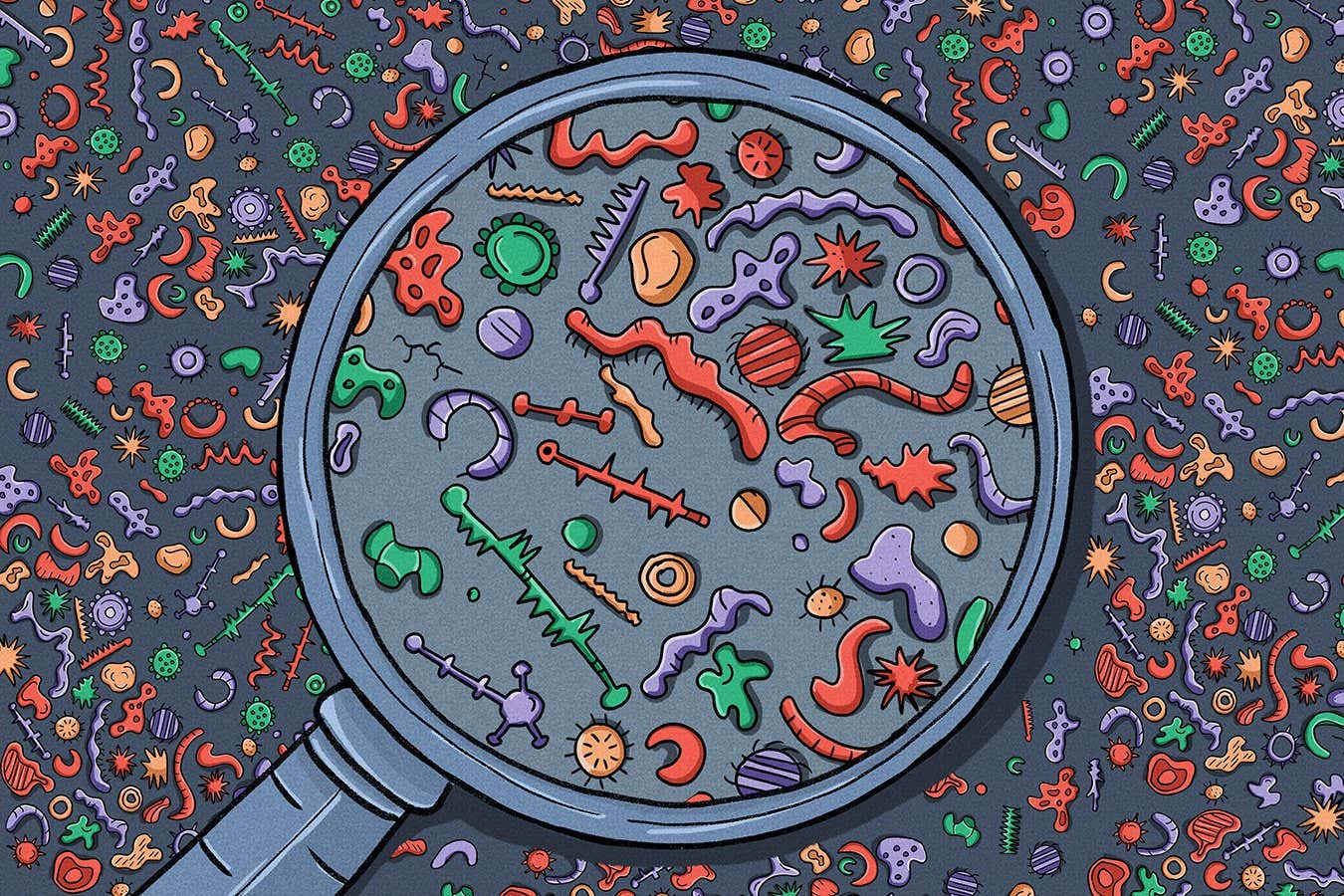Kilauea, one of the most active volcanoes in the world, spewed lava for over 22 hours this week. It’s been erupting intermittently since December.



Many foods are marketed for their antioxidant benefits, which help neutralize reactive oxygen species.
A species is a group of living organisms that share a set of common characteristics and are able to breed and produce fertile offspring. The concept of a species is important in biology as it is used to classify and organize the diversity of life. There are different ways to define a species, but the most widely accepted one is the biological species concept, which defines a species as a group of organisms that can interbreed and produce viable offspring in nature. This definition is widely used in evolutionary biology and ecology to identify and classify living organisms.

Welcome back to TechCrunch Mobility — your central hub for news and insights on the future of transportation. Sign up here for free — just click TechCrunch Mobility!
Raise your hand if you’re exhausted by the firehose of information coming from every direction. Yeah, me too.
At TechCrunch, we’re focused on helping readers (that’s you!) become informed; that’s different than blasting information your way. Instead, we work to answer the “Why should I care?” question and provide important context.
Join Nobel Laureate, Venki Ramakrishnan, to question whether mortality is an inevitable part of human existence.
Watch the Q&A here (exclusively for our Science Supporters): • Q&A: In search of immortality — with…
Join this channel to get access to perks:
/ @theroyalinstitution.
This lecture was filmed on 9 April 2024 in association with Digital Science.
Buy Venki’s book ‘Why We Die: The New Science of Ageing and the Quest for Immortality’ here: https://geni.us/LgdVG3Y
The inevitability of death has haunted humanity throughout its history. Belief systems have risen throughout human civilisation to rationalise and console the concept of death, from the afterlife envisioned in Abrahamic religions to recurrent reincarnation in Eastern religions.
However, there is a growing sense of optimism in our contemporary era. Thanks to a stark revolution in biology, our understanding of the ageing process is progressing rapidly. This includes comprehending why some species have such a great lifespan compared to others and poses the question of whether we as a species could overcome the clutches of disease and live for more extraordinary lengths than ever thought possible.

An international team of physicists has successfully measured the size of a certain type of neutrino to a certain degree. In their paper published in the journal Nature, the group describes experiments they conducted that involved measuring the radioactive decay of the element beryllium.
Neutrinos are subatomic particles with a mass very close to zero. They also have a half-integral spin and rarely react with normal matter. To date, three kinds of neutrinos have been identified, each by association with an electron, muon or tau particle. Physicists have become more interested in neutrinos over the past several years because it is thought better understanding them may lead to a better understanding of why there is more matter than antimatter in the known universe.
One of the first questions that needs to be answered about neutrinos is their size. This is important because it allows building the right size and shape of neutrino detectors. Currently, they are very large, which allows for what is believed to be their largest possible theoretical size—several meters—though it is believed they are smaller. In this new effort, the research team conducted experiments with beryllium to measure the size of an electron-associated neutrino.

Two studies published in the latest issue of Science have revealed that birds, reptiles, and mammals have developed complex brain circuits independently, despite sharing a common ancestor. These findings challenge the traditional view of brain evolution and demonstrate that, while comparable brain functions exist among these groups, embryonic formation mechanisms and cell types have followed divergent evolutionary trajectories.
The pallium is the brain region where the neocortex forms in mammals, the part responsible for cognitive and complex functions that most distinguishes humans from other species. The pallium has traditionally been considered a comparable structure among mammals, birds, and reptiles, varying only in complexity levels. It was assumed that this region housed similar neuronal types, with equivalent circuits for sensory and cognitive processing.
Previous studies had identified the presence of shared excitatory and inhibitory neurons, as well as general connectivity patterns suggesting a similar evolutionary path in these vertebrate species.
Learn the basics of neural networks and backpropagation, one of the most important algorithms for the modern world.

A study led by Prof. Li Hai from the Hefei Institutes of Physical Science of the Chinese Academy of Sciences has revealed that the balance between habitual and goal-directed decision-making strategies is influenced by the availability of working memory resources.
The findings, published in the Journal of Cognitive Neuroscience, provide a new framework for understanding how sequential decisions are made.
Everyday decisions often involve a series of choices aimed at reaching a goal-whether selecting a restaurant or deciding on the route. People vary in how they make decisions: some rely on habits, while others adjust based on new information and changing goals.

Three studies at the University of Zurich demonstrate that hypnosis alters activity in the large-scale functional networks of the brain. It also affects the neurochemical milieu of specific brain areas.
Hypnosis has so far been something of a black box from the scientific perspective. Up to now, we have not had the data to prove whether hypnosis really is an extraordinary state of human consciousness, or simply in the subject’s imagination. Yet it remains a topic of fascination for many.
A well-known women’s magazine recently dedicated an entire dossier to hypnosis. And now and again we’ll hear of a remarkable hypnosis success story. For example, in 2018 at the Hirslanden Klinik St. Anna in Lucerne, a 45-year-old man had a metal plate removed from his lower arm under hypnosis only, without any anesthetic or pain relief. Much to the amazement of the surgical team, the man did not experience any significant pain either during or after the operation, as the Swiss public broadcaster SRF Puls health magazine program reported on 17 September of that year.

The surprising discovery of entities smaller than viruses raises profound questions about what life is and how it got started.